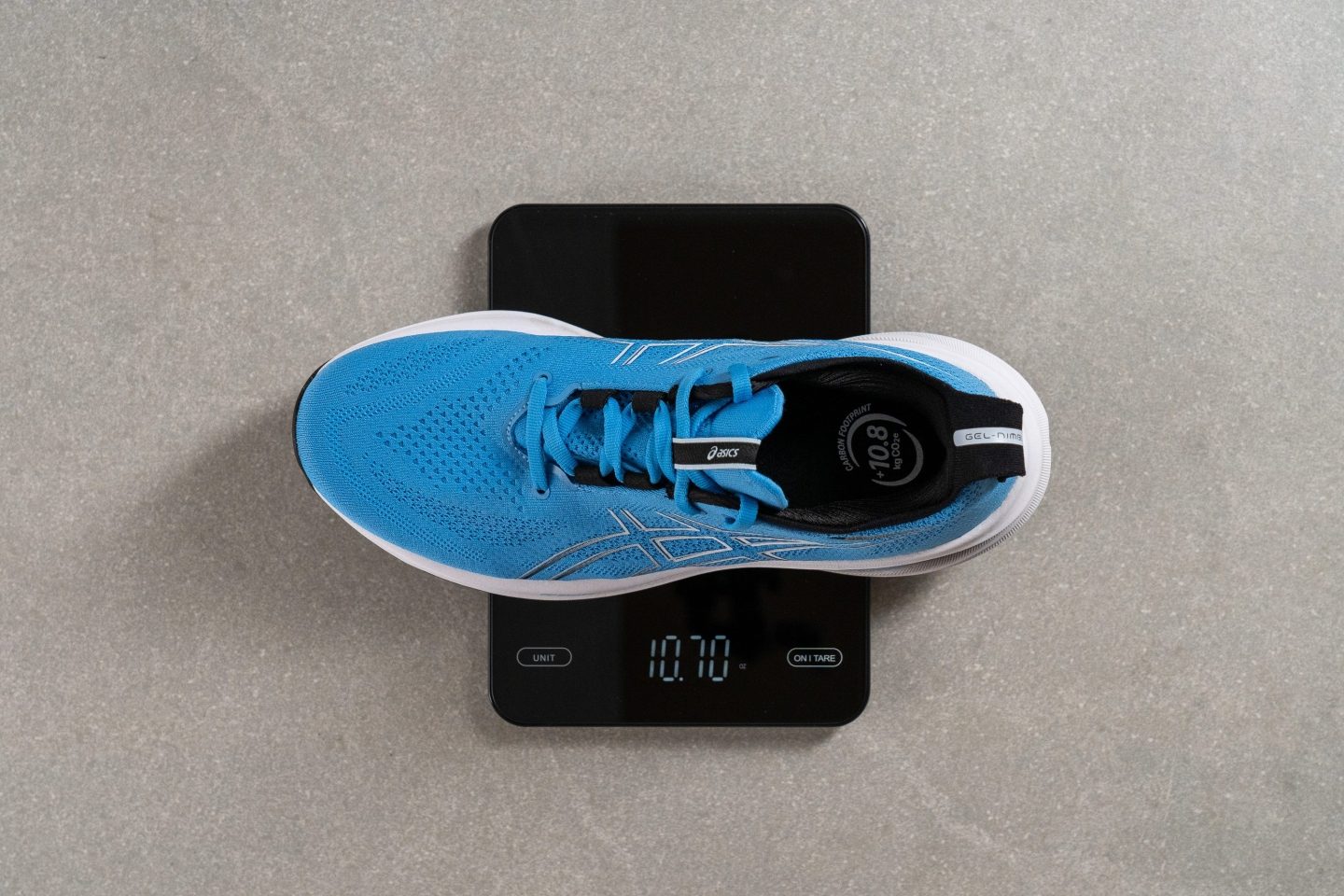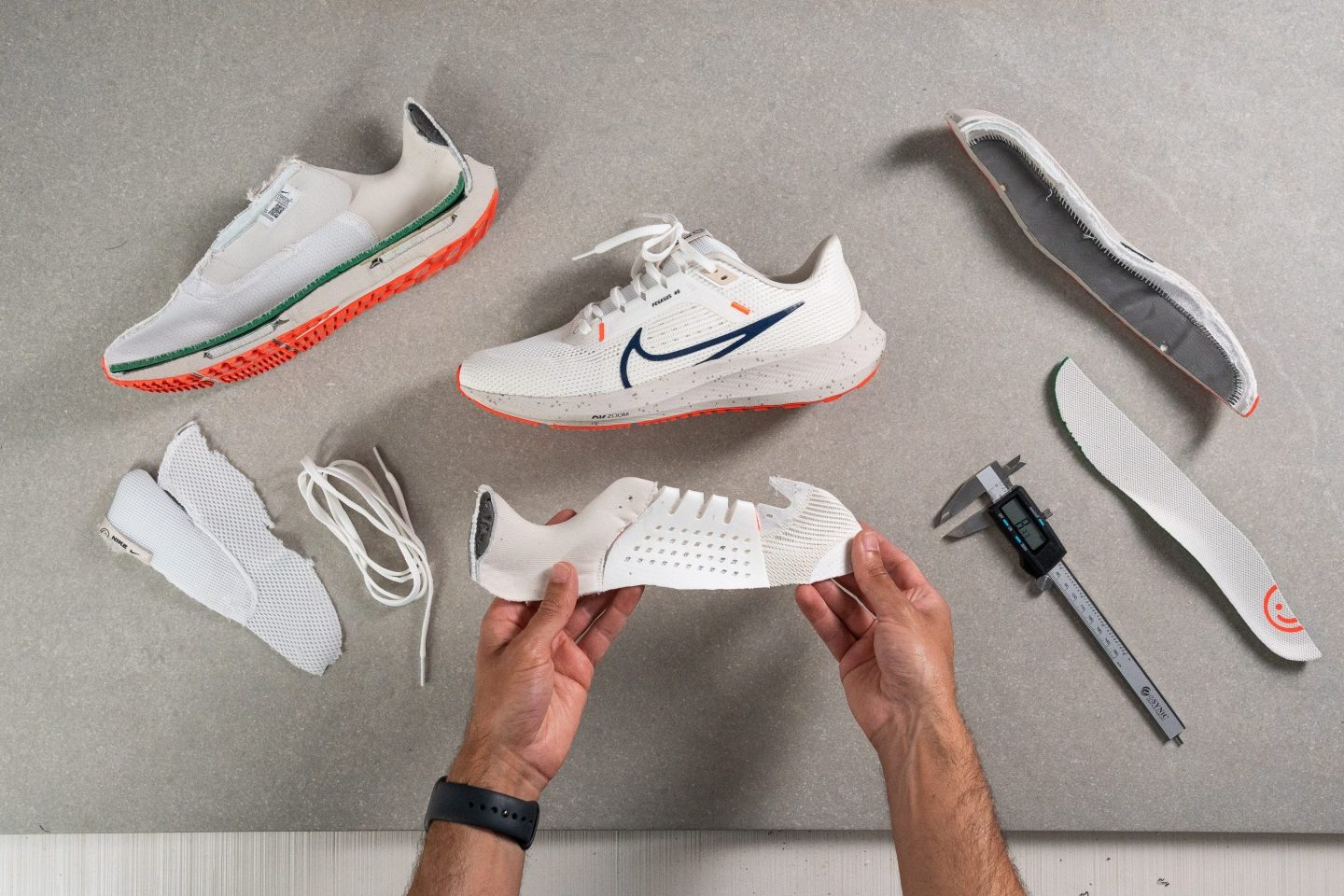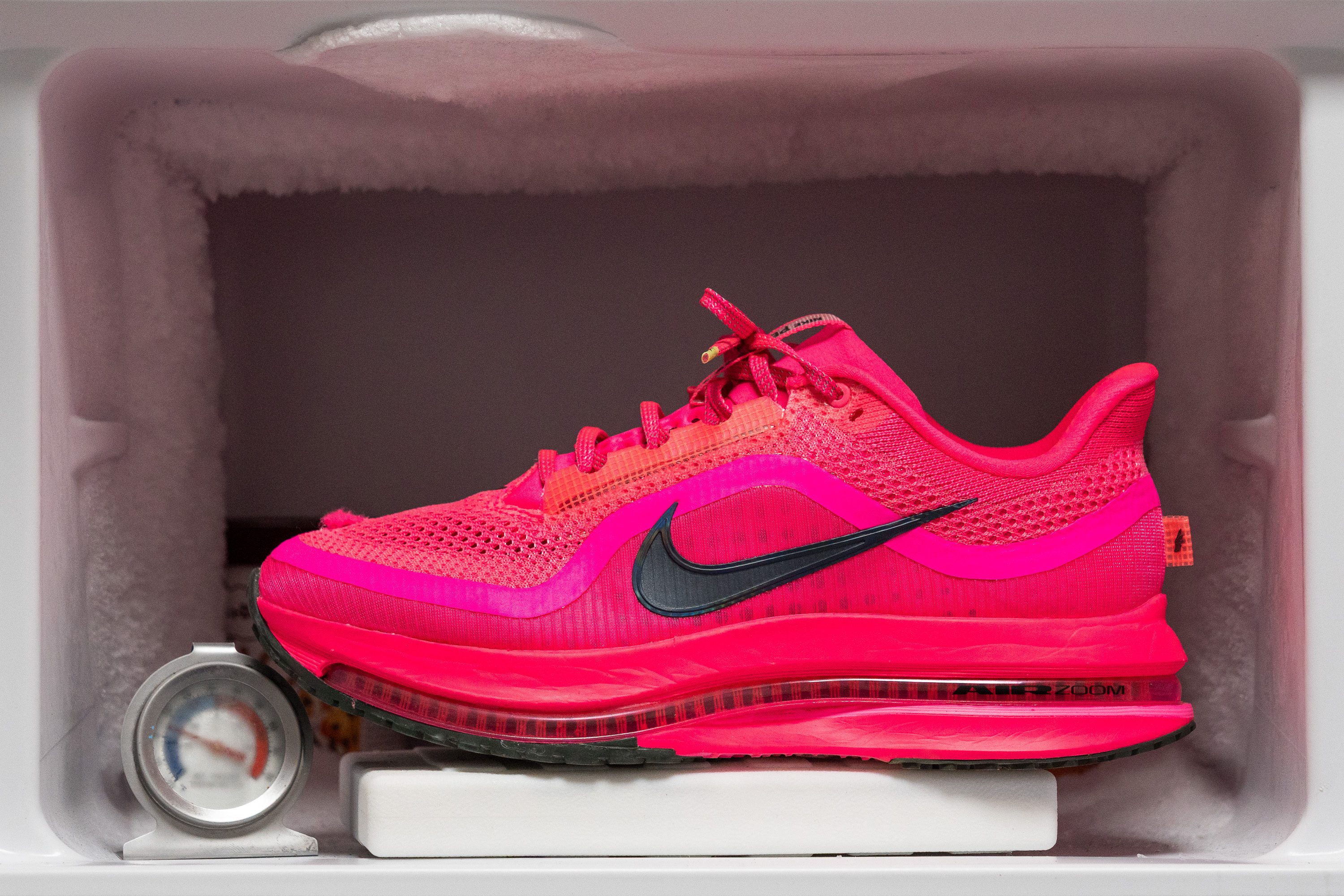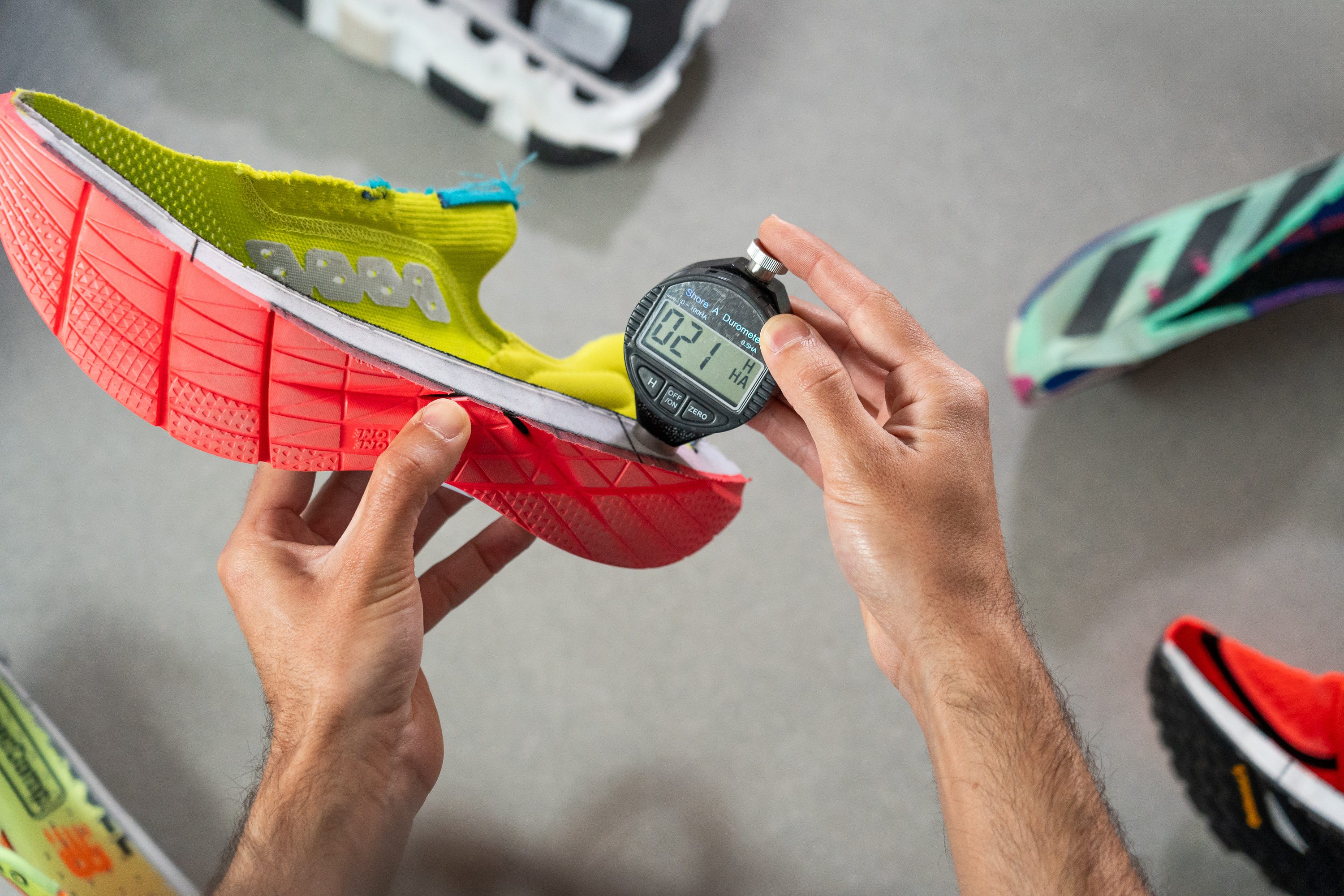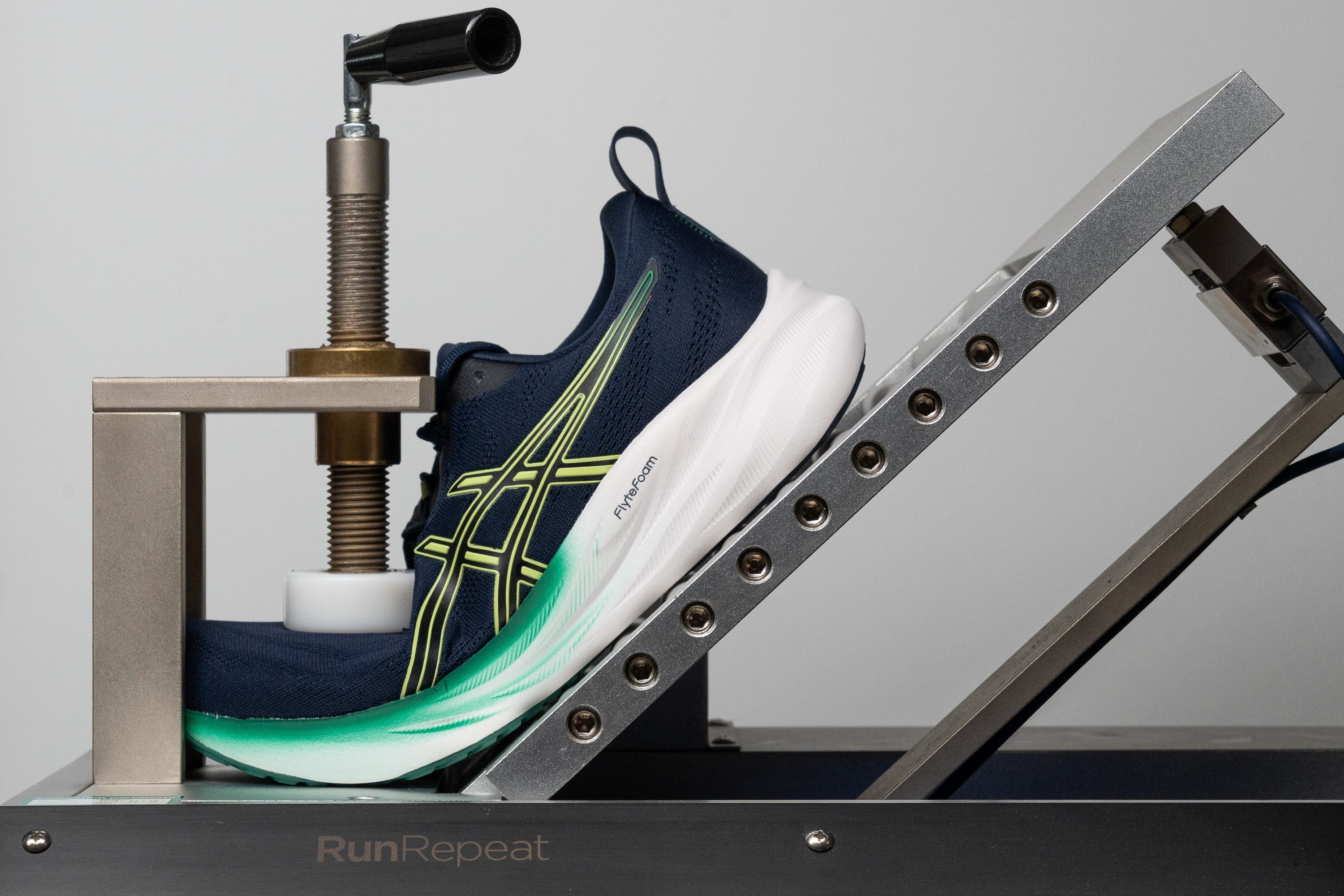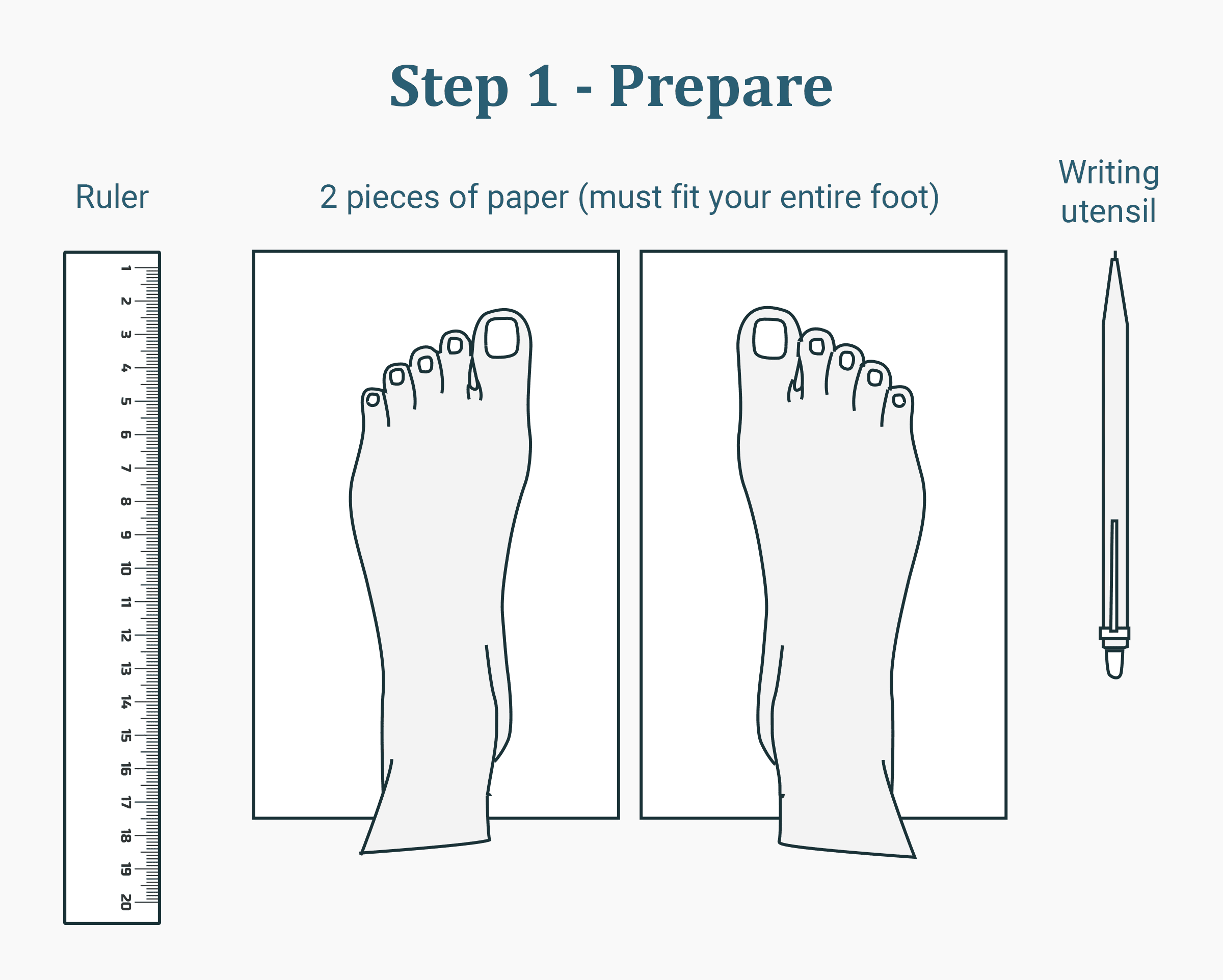The ultimate guide to running shoe foams

Running shoe companies aren't as transparent as we'd love, making it difficult for both casual and advanced runners to gather detailed information about specific running shoe foams. Recognising this challenge, we've done an extensive guide for you, presenting our findings and knowledge about running shoe midsoles in a clear and comprehensive manner. What makes foam so important for running shoes? The midsole in a running shoe is undeniably the most crucial component, as[…]
